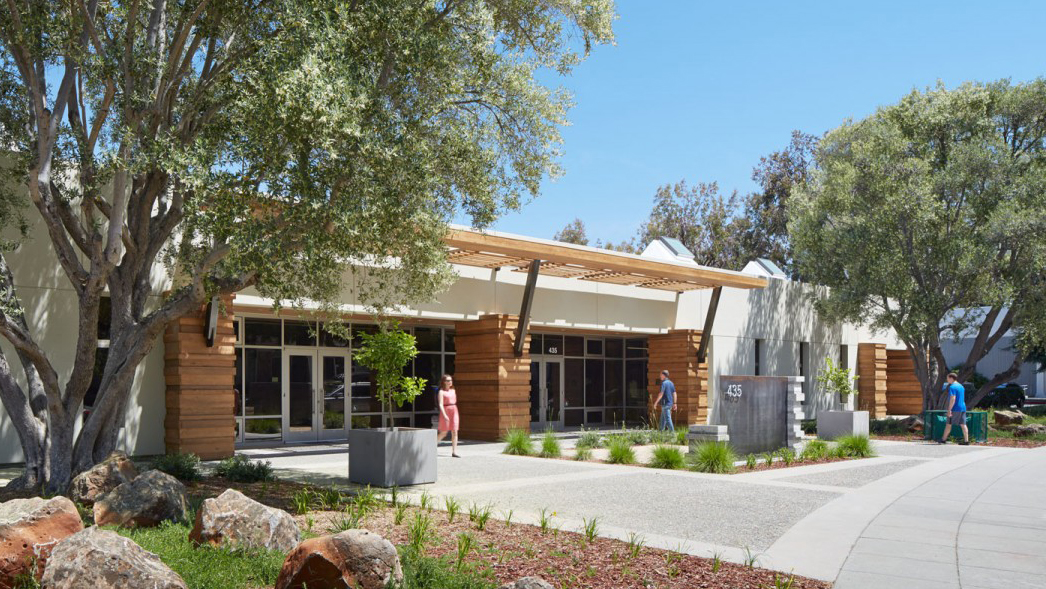Since forming in 1970, full-service design firm RMW Architecture & Interiors has been dedicated to shaping responsive and innovative environments for academic, civic, industrial, life science, manufacturing, and workplace spaces. As a mid-size firm of 86 employees, with studios in San Francisco, San Jose, and Sacramento, they are dedicated to advancing connections between people and place, buildings and well-being, passion and process, and sustainability and possibility.
RMW’s team is passionate about innovation and positive impacts through its work in a broad spectrum of building types and scales. With a history of environmental stewardship focused on leveraging technology and innovation to accelerate the path to climate and environmental stability, RMW continues its work to develop solutions to problems of scale. The firm is involved with a number of initiatives, including the San Francisco 2030 District. This initiative, one of twenty cities in North America, focuses on district scale effort to reduce energy usage, water consumption and GHG emissions from transportation by 50% better than baseline by the year 2030. “By working at the district scale with the impactful framework of the San Francisco 2030 District, we have the ability to partner with an exceptionally diverse body of community stakeholders to accelerate positive change in the environment. RMW’s partnership with CBE adds substantial and unique resources that will help RMW and the communities it serves to realize greater opportunities for leveraging expert knowledge and knowledge sharing,” states Stan Lew, RMW Principal and Executive Director of the San Francisco 2030 District.
Some of RMW’s most innovative projects include high performance buildings: Lawrence Berkeley National Laboratory’s Building 33 and Building 74 (Berkeley Lab’s first LEED Platinum facility), and 435 Indio Way, a net zero energy (NZE) renovation of a 1970s, 30,000 square-foot, concrete tilt-up building. “The Indio Way project proved that, with innovative thinking and a collaborative effort, a building could be renovated to be NZE for no more cost than that of a standard code compliant renovation – and with better results for occupants, ownership, and the environment,” said RMW project architect Steve Stenton.
“By joining CBE, RMW hopes to share and expand our knowledge, solve functional challenges, and embody a true community with our industry and research partners,” says Sherry Carroll, Workplace Design Strategist. Carroll will be implementing the CBE Occupant Survey tool on an upcoming project, and has joined the Psychology of Space Technical Advisory Group to support future development of that research area. With diverse interests in CBE’s work, ranging from energy performance to occupant satisfaction, RMW is excited to be at the forefront of research and innovation.
RMW looks forward to being an integral part of supporting and learning from CBE’s diverse group of dynamic, innovative thinkers and design leaders. In alignment with CBE, RMW strives to continually challenge themselves to improve the places they design, positively impacting both the physical spaces as well as the people that occupy and interact with the built environment.
Image: 435 Indio Way, courtesy of RMW Architects & Interiors; photographed by Bruce Damonte.

